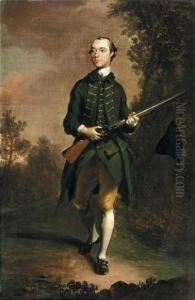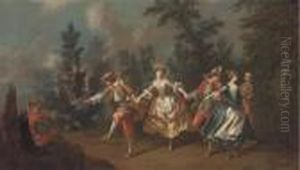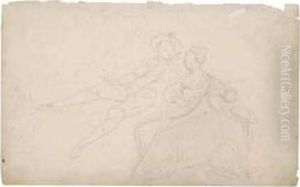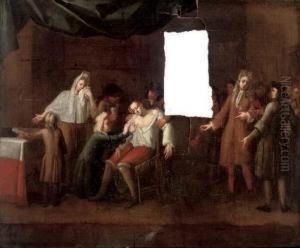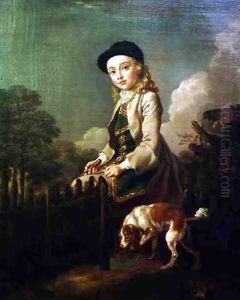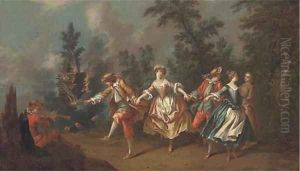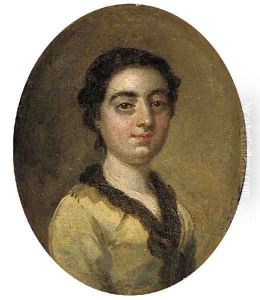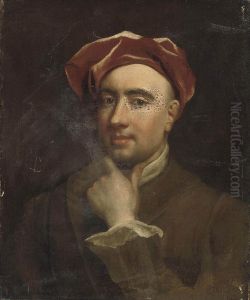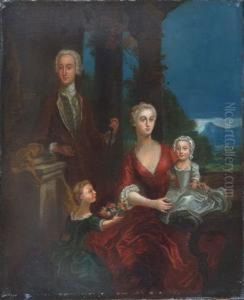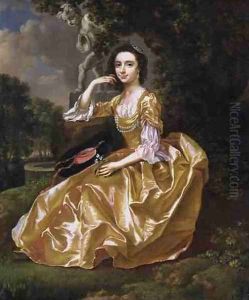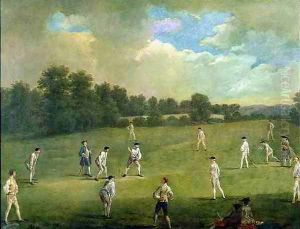Francis Hayman Paintings
Francis Hayman was an English painter and illustrator who played a significant role in the art world of 18th-century Britain. Born in Exeter in 1708, Hayman began his artistic journey as an apprentice to a London-based painter named Robert Brown. His early career was marked by his work as a scene painter for the theatre, which greatly influenced his later works that often contained dramatic and narrative elements.
Hayman was one of the founding members of the St Martin's Lane Academy, an institution that played a crucial role in the development of art education in England prior to the establishment of the Royal Academy. His involvement with the St Martin's Lane Academy allowed him to interact with other prominent artists of the time and helped to elevate his status within the artistic community.
In 1768, Hayman was chosen as one of the original 34 members of the Royal Academy of Arts. His work at the Academy further cemented his reputation as a respected artist. Throughout his career, Hayman was known for his historical and genre paintings, as well as for his book illustrations, which contributed to his financial success and popularity.
Hayman's style was deeply influenced by the Rococo movement, and he is known for his ability to capture the elegance and light-heartedness characteristic of the period. His paintings often depicted scenes from literature, theatre, and daily life, and he was praised for his skillful use of color and his ability to convey the movement and emotion of the figures within his work.
Francis Hayman's contributions to British art were not limited to his paintings; he also played a pivotal role in the early history of the Royal Academy, where he taught many students who would go on to become successful artists in their own right. He continued to work and exhibit at the Royal Academy until his death in 1776. His legacy includes a body of work that provides valuable insight into the cultural and artistic milieu of 18th-century England.

